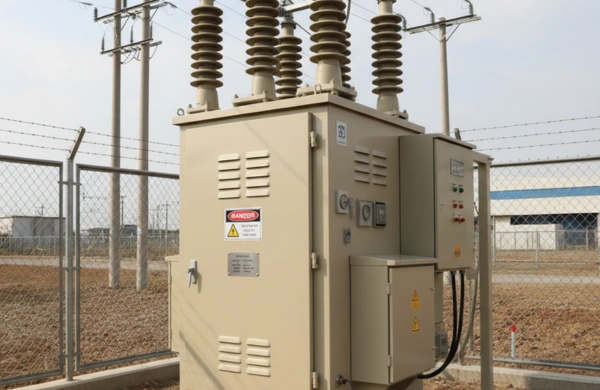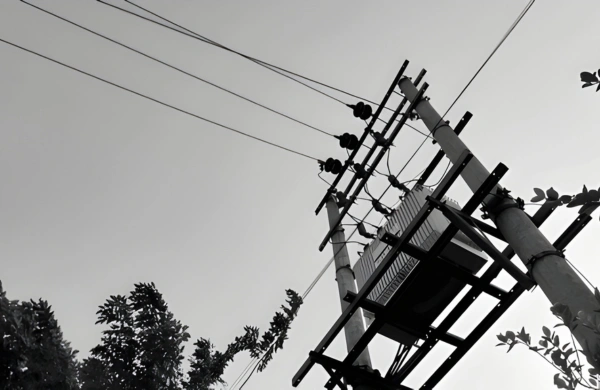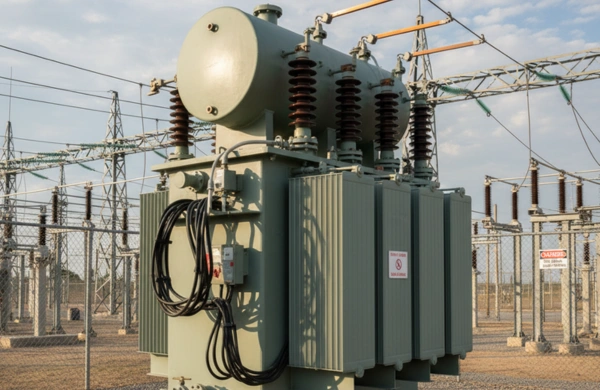Introduction
As cities grow denser and power infrastructure becomes more complex, utilities are turning toward compact substations to deliver reliable, high-quality electricity within limited urban spaces. Compact substations integrate transformers, switchgear, protection systems, and control modules into a single, factory-assembled unit — enabling faster installation, reduced site work, and improved operational safety.
For modern utilities and industries facing tight project timelines, high land costs, and increasing demand for smart-grid connectivity, compact substations represent a proven way to achieve efficient power transformation and distribution. Leading compact substation suppliers are now adopting advanced manufacturing technologies, digital monitoring systems, and international testing standards to meet the evolving requirements of North American power networks.
Know About Compact Substation Suppliers Enabling Smart Urban Power
1. Why Compact Substations Are Essential for Modern Urban Grids
In the past, traditional substations required large land parcels, extensive civil foundations, and prolonged installation times. Today’s compact substations eliminate these limitations through modular engineering and integrated electrical components.
They are particularly valuable in:
- Urban infrastructure: Metro rail projects, airports, hospitals, and commercial complexes where space is restricted.
- Industrial applications: Manufacturing parks, data centers, EV charging stations, and process industries requiring continuous power.
- Renewable energy integration: Compact substations enable easy evacuation of solar or wind power near generation sites.
The combination of reduced footprint, lower on-site labor, and enhanced safety makes them indispensable for utilities modernizing existing networks or developing new smart cities.
2. Design and Engineering Considerations
A compact substation transformers performance depends heavily on precise mechanical and electrical design. Engineers balance space efficiency with reliability, heat dissipation, and fault resilience.
Key design parameters include:
- Transformer configuration: Core-type or shell-type with optimized flux path and magnetic balance to reduce core losses.
- Insulation system: Dry-type resin or mineral oil, depending on installation environment and voltage level.
- Cooling design: Natural air cooling (AN), forced air cooling (AF), or oil natural air natural (ONAN) for higher capacity units.
- Switchgear selection: SF₆ gas-insulated or vacuum-insulated switchgear integrated with relays and circuit breakers.
- Protection and control: Relays, current and voltage transformers, and SCADA connectivity for real-time fault and load monitoring.
- Enclosure design: Hot-dip galvanized or powder-coated steel with IP54 or higher ingress protection rating to withstand outdoor exposure.
Each substation is engineered to handle ambient temperature variations, seismic stability, and site-specific environmental conditions.
Zetwerk’s compact substation engineering emphasizes thermal optimization, dielectric strength, and ease of maintenance, ensuring systems meet both IEC and ANSI standards for urban and industrial applications.
3. Materials and Manufacturing Excellence
Reliable compact substations depend on high-grade materials and precision-controlled manufacturing. Every component, from transformer cores to structural housings, plays a crucial role in minimizing energy loss and extending service life.
Core and Winding Materials
- High-grade grain-oriented electrical steel laminations for reduced hysteresis and eddy current losses.
- Electrolytic copper windings designed for uniform current density and superior thermal stability.
- Epoxy resin insulation with VPI (Vacuum Pressure Impregnation) to improve dielectric strength and moisture resistance.
Structural Components
- CNC-fabricated frames and laser-cut enclosures for dimensional accuracy.
- Powder coating and galvanization to prevent corrosion and extend outdoor service life.
- Fire-retardant cable ducts, anti-vibration mounts, and stainless-steel hardware for enhanced reliability.
Zetwerk’s manufacturing facilities integrate advanced CNC, laser cutting, and automated winding processes. Each subassembly undergoes strict in-process inspection, ensuring conformity to international standards and consistent quality across every shipment.
4. Digitalization and Smart Monitoring Integration
The next generation of compact substations is being designed with embedded intelligence. Through IoT-enabled monitoring, utilities and facility managers can track performance parameters in real time.
Typical digital functions include:
- Load monitoring: Continuous measurement of current, voltage, and power factor.
- Temperature sensors: Real-time hotspot detection in windings and bushings.
- Gas density monitoring: For SF₆ or vacuum switchgear health checks.
- Remote operation: Control and trip commands through SCADA or cloud-based dashboards.
These capabilities transform compact substations into integral components of smart urban grids, capable of self-diagnosis and predictive maintenance. The result is improved uptime, lower maintenance cost, and more efficient power delivery — critical in industries and cities transitioning toward automation and electrification.
5. Standards, Testing, and Quality Assurance
Each compact substation must comply with a comprehensive range of international and regional standards. The most widely followed include:
- IEC 62271 series for switchgear assemblies
- IEC 60076 for power and distribution transformers
- IS 1180 (Part 1) for energy-efficient distribution transformers
- ANSI / IEEE C57 for North American compliance
- BIS and ISO 9001 / 14001 / 45001 certifications ensuring manufacturing and environmental management standards
Before dispatch, every unit undergoes routine and type tests, including:
- Winding resistance and insulation resistance tests
- Ratio and polarity verification
- Dielectric and impulse withstand tests
- Temperature rise and sound level measurements
- Functional tests for control and protection circuits
Zetwerk conducts factory acceptance tests (FAT) witnessed by customers, ensuring traceability and transparency at every production stage. Each substation is supplied with test certificates, material traceability documents, and quality assurance reports.
6. Application Advantages and Utility Benefits
Compact substations deliver measurable advantages over conventional installations:
- Space Efficiency: Requires up to 60% less area than traditional substation layouts.
- Reduced Installation Time: Delivered as pre-tested, plug-and-play modules.
- Enhanced Safety: Enclosed construction minimizes exposure to live components.
- Operational Flexibility: Easily relocatable or expandable for future demand growth.
- Environmental Protection: Designed for low noise levels, minimal oil usage, and containment against leaks.
- Reduced Lifecycle Cost: Lower civil work, shorter commissioning time, and minimal maintenance.
These features are driving widespread adoption in metro projects, renewable parks, industrial estates, and smart cities across the U.S. and global markets.
7. Choosing the Right Compact Substation Supplier
Selecting a reliable substation transformer manufacturer and supplier is critical for ensuring consistent grid performance and long-term asset reliability. The best suppliers integrate design, manufacturing, and testing under one roof, minimizing dependency on third-party vendors.
When evaluating suppliers, utilities should consider:
- Proven track record with IEC, ANSI, and BIS certifications
- Ability to customize ratings (up to 36 kV) and configurations
- Expertise in both oil-immersed and dry-type transformer design
- Strong after-sales and technical documentation support
- Scalable production capacity for multi-location projects
Zetwerk’s vertically integrated supply chain ensures end-to-end control — from lamination cutting to final assembly and shipment. This eliminates lead-time variability and ensures consistent product performance across every project.
Conclusion
The transformation of power infrastructure toward compact, digital, and high-efficiency systems is reshaping how urban grids and industrial facilities are built. Compact substations have emerged as the backbone of this transformation — enabling faster, safer, and more intelligent power distribution for the cities and industries of tomorrow.
With proven engineering expertise, precision manufacturing, and adherence to international quality standards, Zetwerk delivers compact substations engineered for long-term reliability and performance. For North American utilities and industrial developers seeking dependable partners for rapid power deployment, Zetwerk’s integrated manufacturing platform ensures quality, consistency, and timely delivery across every project.




FAQs
A. A compact substation combines transformers, switchgear, and protection systems in one enclosure, providing efficient power transformation in limited spaces.
A. They generally handle distribution voltages from 3.3 kV up to 36 kV, suitable for utilities, industries, and commercial applications.
A. They feature enclosed assemblies, interlocked switchgear, and integrated protection systems, reducing on-site electrical hazards.
A. Each unit undergoes routine and type testing as per IEC 60076, IEC 62271, and ANSI/IEEE C57 standards for insulation, temperature, and dielectric performance.
A. Zetwerk offers end-to-end manufacturing, type-tested reliability, and complete design-to-delivery control — supporting North American power and industrial infrastructure projects.







